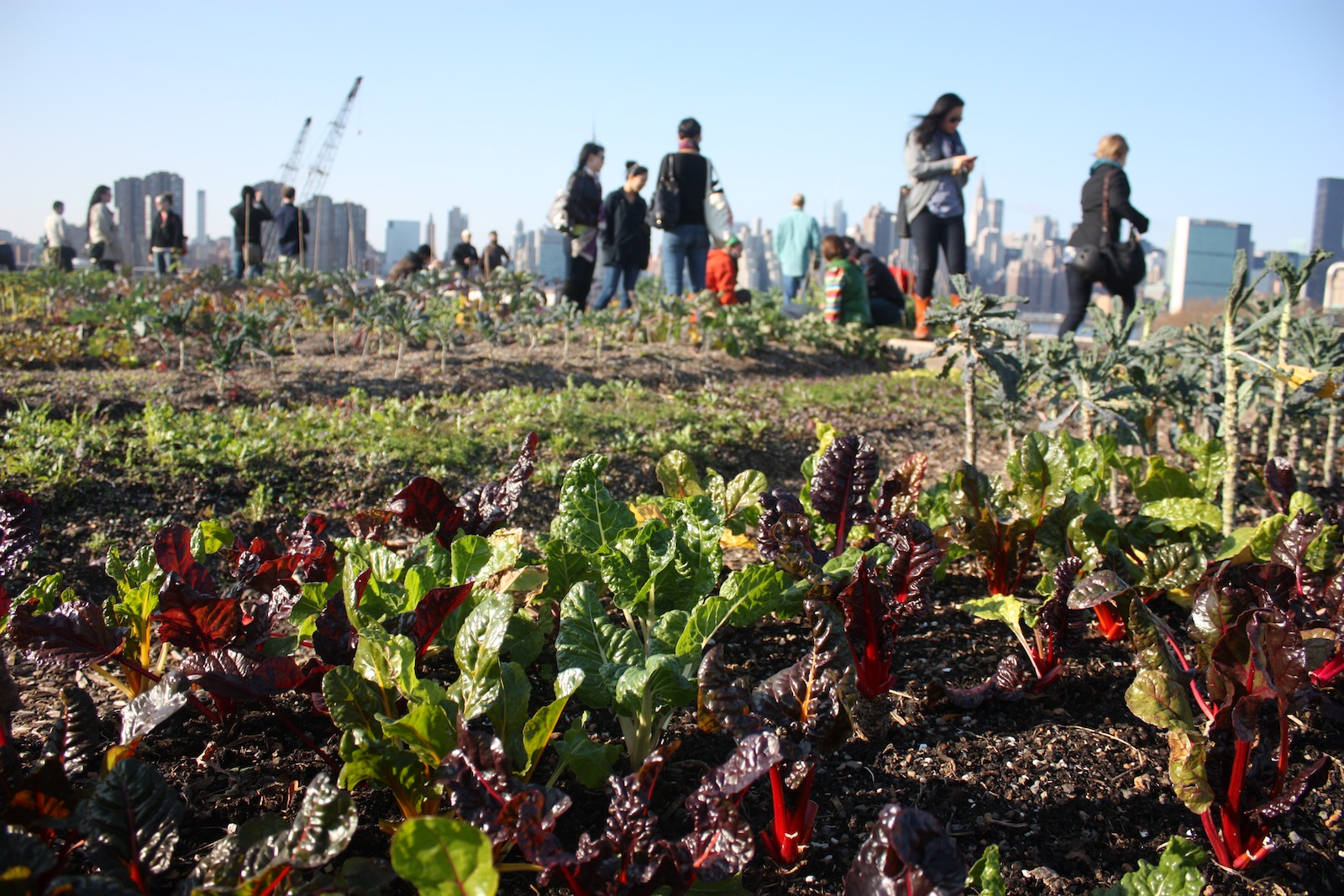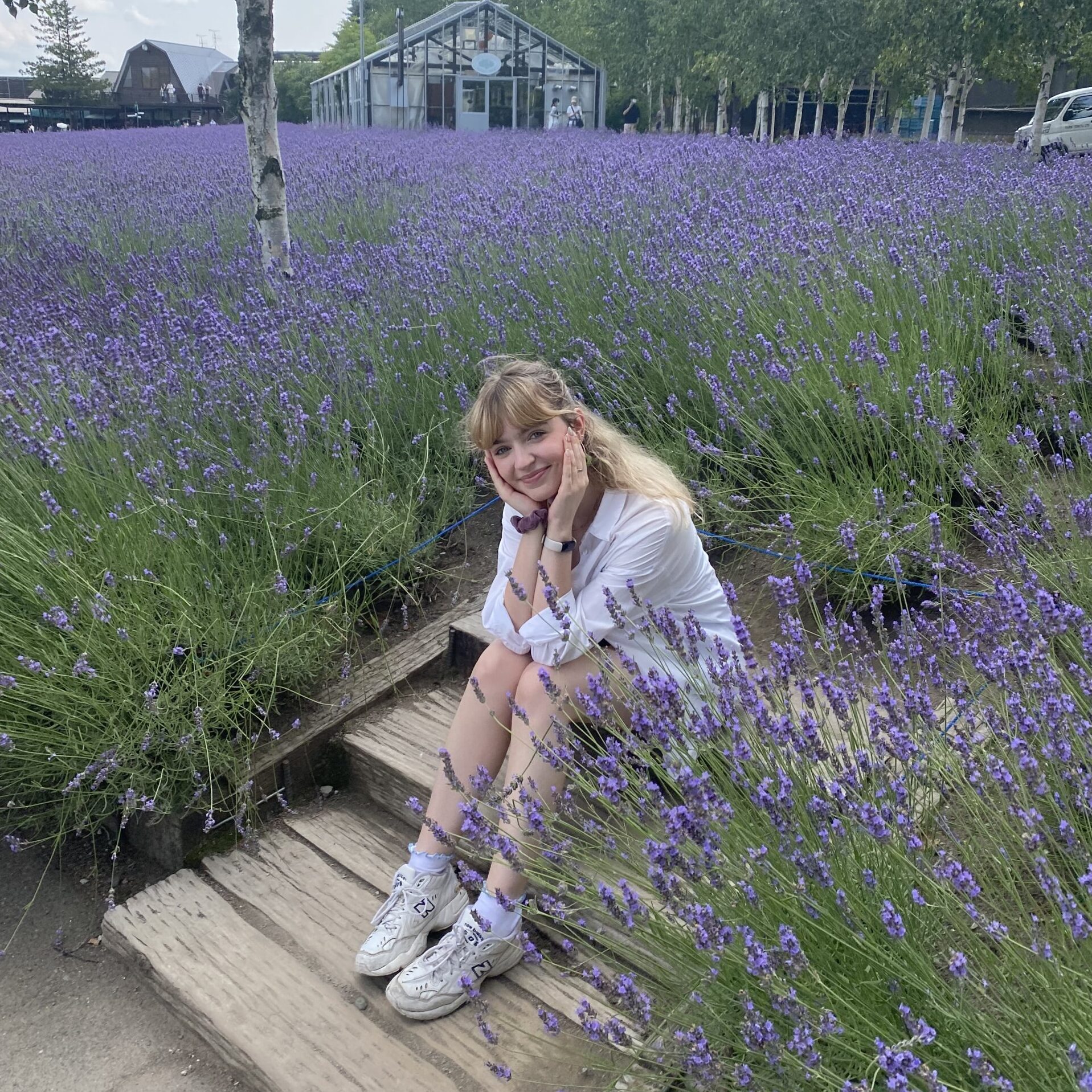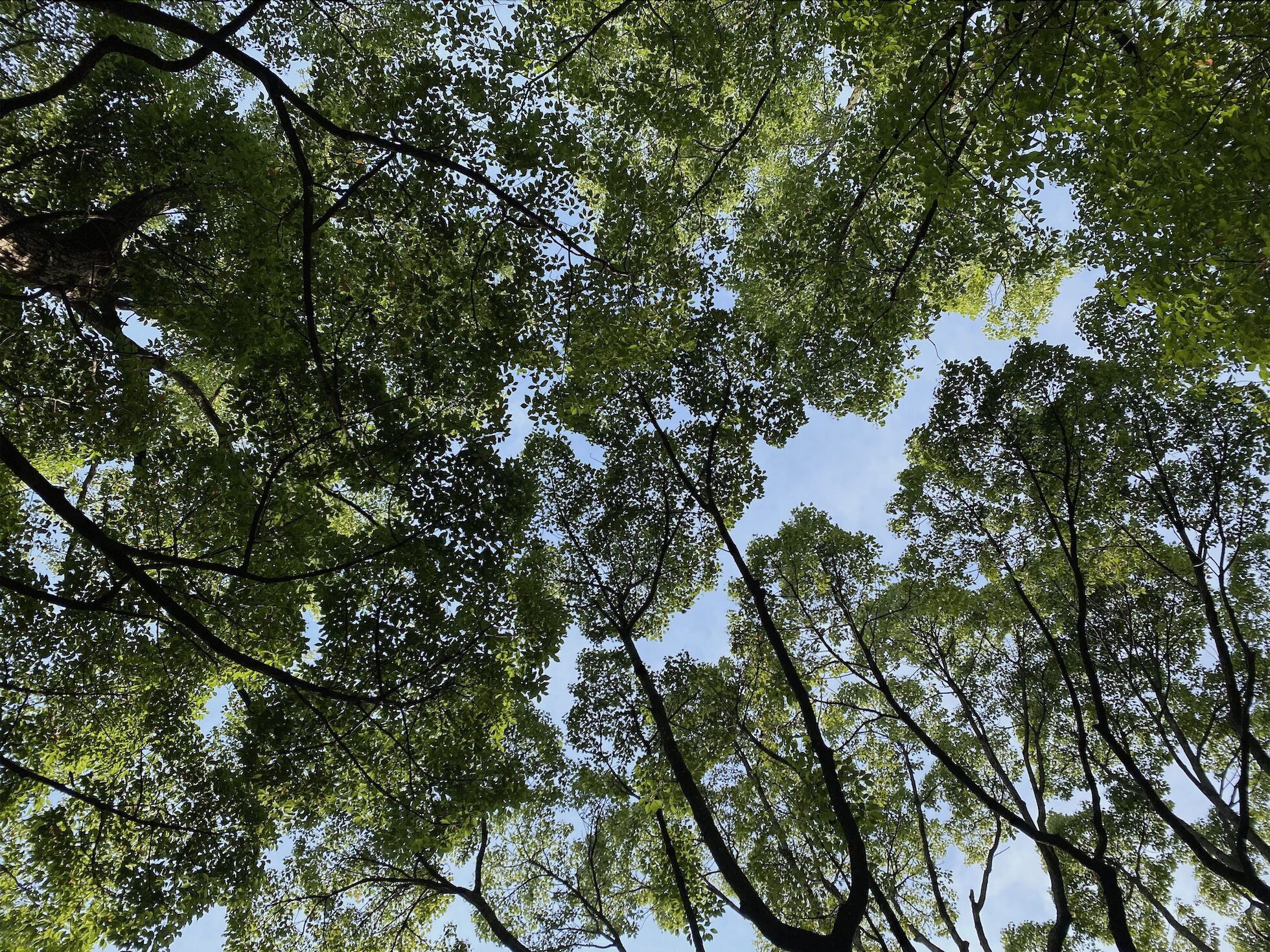
Community Farms Foster Food Security and Tap Public Space

If each community is self-sufficient in one staple – oil (e.g. avocado, macadamia, olive, canola, non-pungent mustard), sweetener (sugar cane, beet sugar, honey, pear concentrate, grape concentrate etc), some kind of starch or carbohydrate (e.g. tapioca, barley, arrowroot, sweet potato, oats etc), a vegetable protein (legumes or quinoa or amaranth, etc.) – it can increase food security and involve people in a feeling of successfully “growing their own.” You’d have to put production equipment in the community and make the whole cycle local, so there’s mechanical as well as agricultural knowledge. Each community could pick one or two staples that are suited to their area and climate. Convert public wasted space into growing plots – on shop roofs, on outdoor walls, along subdivision fences, on road verges (U.S.: “nature strips”) so that there’s no big impact on the space people use but the crop is kind of everywhere. Or, get people to contribute one veggie bed’s worth of space each in a giant distributed “urban farm.” Harvest surpluses could be exchanged with neighboring communities that are self-sufficient in something different.























